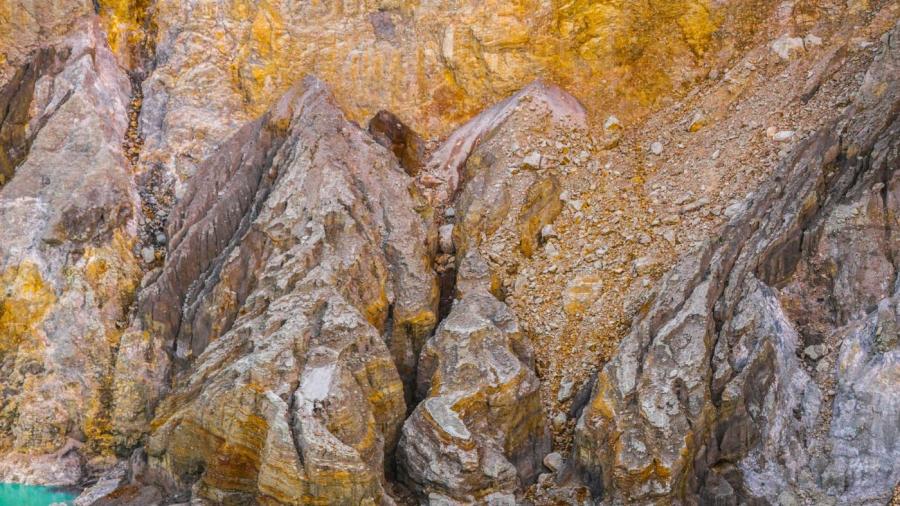What Effect Does Acid Rain Have on Rocks?

Acid rain slowly dissolves many types of stone. Calcium-based minerals such as marble and limestone are particularly vulnerable; this is due to calcium’s reaction with the sulfuric acid in acid rain.
Acid rain’s ability to dissolve marble and limestone makes it hazardous to buildings and outdoor monuments. Igneous and metamorphic rocks exposed to acid rain can poison ecosystems; stone such as granite and gneiss release toxic aluminum ions into the environment when exposed to acid rain.
Rainwater is naturally more acidic than other forms of water due to dissolved carbon dioxide. The carbon dioxide becomes carbonic acid when dissolved in water, giving rainwater a pH between 5 and 6. Acid rain contains sulfuric acid and nitric acid, rendering it even more acidic than ordinary rainwater. These acids form when nitrogen and sulfur-based gases are released into the atmosphere and have a pH between 4 and 5.
Burning fossil fuels for energy and the smelting of metal ore are the two primary contributors to acid rain. Coal-burning power plants release more of the pollutants that cause acid rain than any other industry, which concentrates the worst acid rain in heavily coal-burning areas. Ohio, Pennsylvania and New York are the states with the highest prevalence of acid rain.





